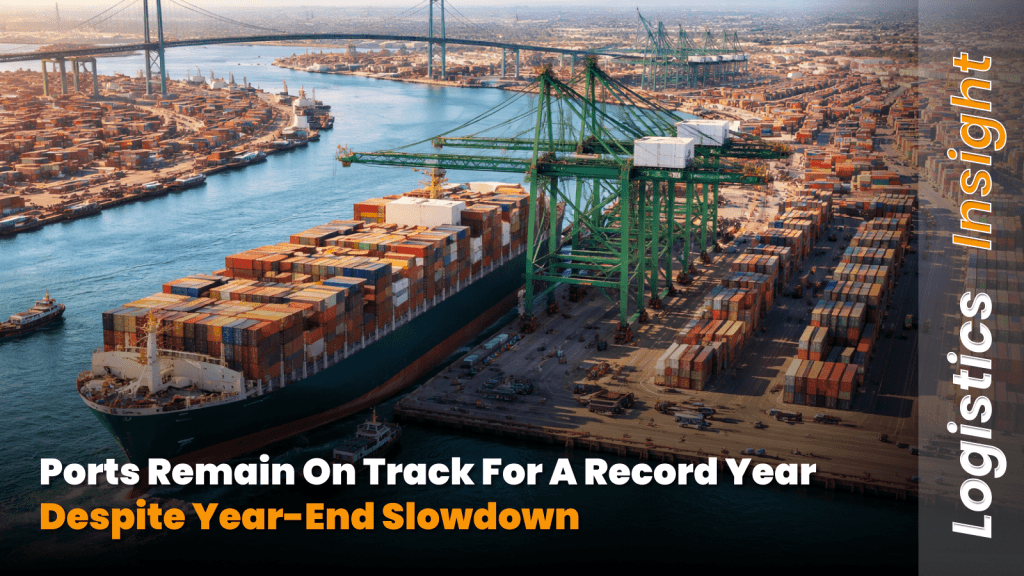
Short-Haul Trucking Emerges as a Key Economic Indicator
Local Freight Demand Remains Strong Amid Shifting Logistics Trends
Short-haul truckload freight — especially shipments traveling less than 100 miles — is gaining importance as a reliable indicator of economic activity in the U.S. Over the past year, demand for these short-distance hauls has increased steadily, while long-haul freight volumes have declined.
This shift is largely driven by the growing use of intermodal freight solutions. Many shippers are now using containers for rolling storage to combat high inventory costs and limited warehouse space, leading to a drop in traditional long-haul trucking.
Understanding Short-Haul Freight’s Role in the Supply Chain
Short-haul freight, often called city freight, usually supports the upstream and downstream ends of the supply chain. These local movements include:
- Intrawarehouse transportation
- Fulfillment center deliveries
Industries like automotive and retail are key drivers of this type of freight.
In the automotive sector, manufacturers often place parts suppliers close to vehicle assembly plants. This strategy supports fast, efficient production and reduces delays.
For the retail industry, the rise of e-commerce has changed how goods are stored and shipped. Retailers are now using smaller, strategically located distribution centers that are closer to the final customer. These allow for faster shipping and more efficient last-mile delivery. As a result, short-haul freight has become essential for meeting consumer demand.
Key Markets Leading the Trend
The cities showing the highest short-haul freight activity include:
- Detroit, MI
- Elizabeth, NJ
- Houston, TX
- Allentown, PA
These regions reflect different parts of the supply chain. For example, Houston shows both upstream drayage trucking (especially from ports) and downstream delivery activity. Meanwhile, Allentown is a critical distribution hub for the densely populated East Coast and is closely tied to consumer demand.
What COTVI Tells Us About the Economy
The COTVI (City Truckload Volume Index) tracks demand for freight traveling less than 100 miles. It can be a powerful tool for gauging economic health — but the key is to understand what type of freight is being measured.
- A decline in upstream freight like port drayage might not be alarming.
- A drop in downstream fulfillment activity, however, could signal weakening consumer demand — a potential red flag for the U.S. economy.
For example, reduced activity in Allentown could indicate slowing consumer spending, while a drop in Detroit may reflect changes in manufacturing tied to tariffs.
March Retail Sales: A Mixed Signal?
March retail sales exceeded expectations, especially in categories like apparel and auto parts. However, experts believe this may be a short-term bump as consumers rush to make purchases ahead of potential tariff increases.
While it’s hard to predict what lies ahead, one thing is clear — short-haul freight demand is a strong, stable signal in a market full of uncertainty. Unlike long-haul lanes, which are being restructured or replaced by intermodal shipping, these short-distance moves remain resilient. For now, they may be one of the clearest indicators of current economic conditions and how tariffs are shaping logistics trends in real time.



